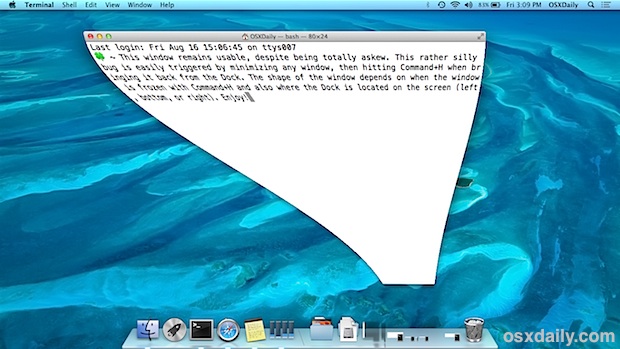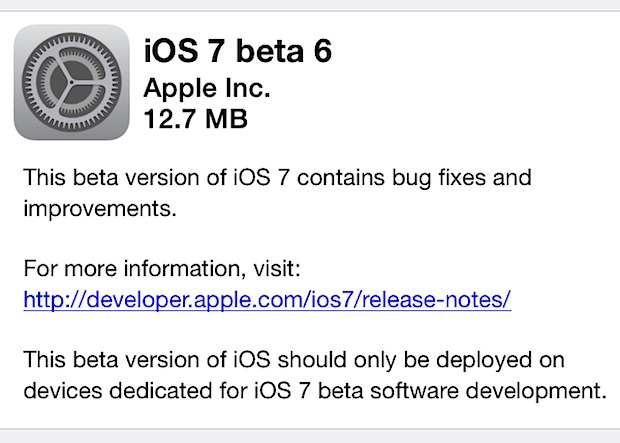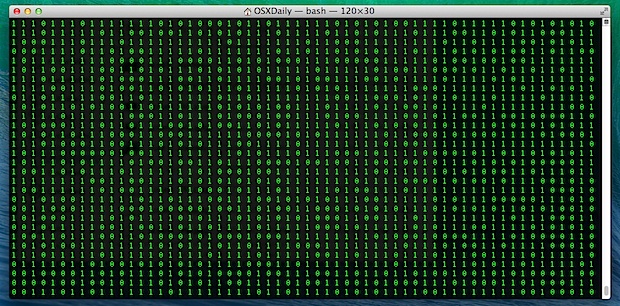How to Remove Attachments from Mail in Mac OS X
![]() Removing attachments from an email or everything in Mail app can be useful for a variety of reasons, from ditching a file that is no longer relevant to an email thread, to lowering the file transfer size when sending/replying to a message, or for more extreme cases for individuals with smaller hard drives, for reducing the overall disk space consumed by the Mail attachments directory.
Removing attachments from an email or everything in Mail app can be useful for a variety of reasons, from ditching a file that is no longer relevant to an email thread, to lowering the file transfer size when sending/replying to a message, or for more extreme cases for individuals with smaller hard drives, for reducing the overall disk space consumed by the Mail attachments directory.
Whatever the case, use some caution when removing attachments this way, as there is no way to retrieve the mail attachment locally after they have been removed from Mail app. For this reason, if you intend on deleting many attachments from many emails you may want to make a manual backup of the attachment directory beforehand, which we will also cover below by showing you where the attachment files are stored in OS X.
Read more »

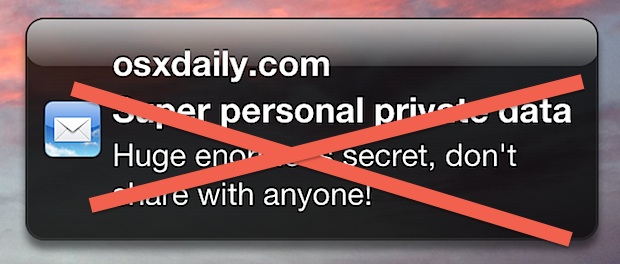
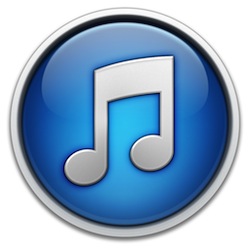 Got a song, podcast, or another audio track that you want to copy directly to your iPhone, but don’t want to add to your computers general iTunes library? You can skip adding the song to the computer iTunes library completely by using a simple but little known trick, letting you directly transfer music and audio to an iPhone, iPad, or iPod touch. The end result is that you will have music stored only on the iOS device, without having it kept in iTunes as well, completely bypassing the iTunes libraries on a Mac or Windows PC.
Got a song, podcast, or another audio track that you want to copy directly to your iPhone, but don’t want to add to your computers general iTunes library? You can skip adding the song to the computer iTunes library completely by using a simple but little known trick, letting you directly transfer music and audio to an iPhone, iPad, or iPod touch. The end result is that you will have music stored only on the iOS device, without having it kept in iTunes as well, completely bypassing the iTunes libraries on a Mac or Windows PC.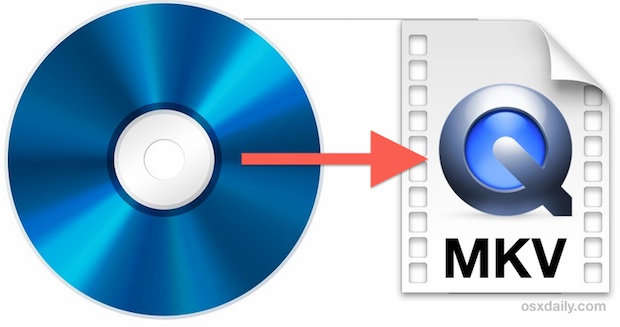
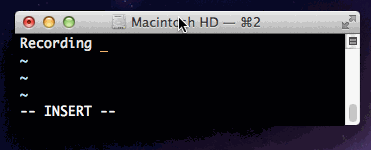 LICEcap is a screen recording app that captures a portion of the Mac OS X (or Windows) desktop and saves it directly as an animated GIF. Incredibly simple to use, the apps functionality should be familiar enough to anyone who has used
LICEcap is a screen recording app that captures a portion of the Mac OS X (or Windows) desktop and saves it directly as an animated GIF. Incredibly simple to use, the apps functionality should be familiar enough to anyone who has used 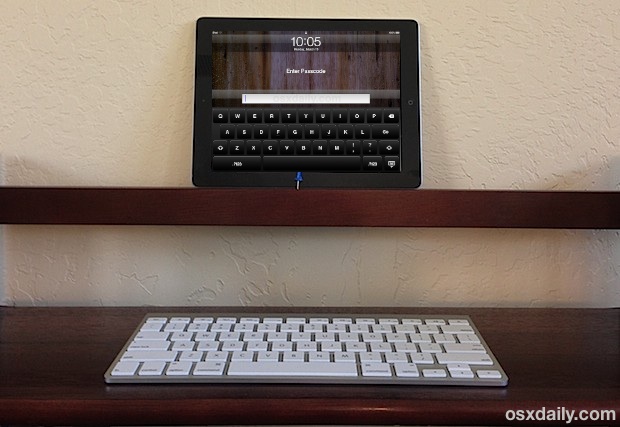

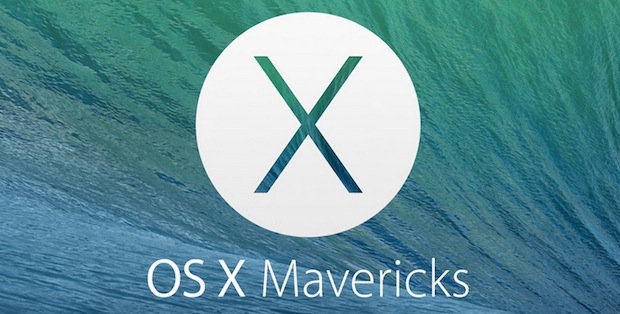
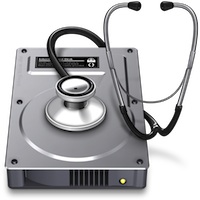 The Mac OS X Disk Utility app provides an ability to erase free space on traditional hard drives, which overwrites vacant disk space on the drive to prevent any potential recovery of deleted files (that is, files that have been removed traditionally, rather than through
The Mac OS X Disk Utility app provides an ability to erase free space on traditional hard drives, which overwrites vacant disk space on the drive to prevent any potential recovery of deleted files (that is, files that have been removed traditionally, rather than through  Dashboard is a largely under appreciated feature of Mac OS X that adds little widgets to the Dashboard space or
Dashboard is a largely under appreciated feature of Mac OS X that adds little widgets to the Dashboard space or 
